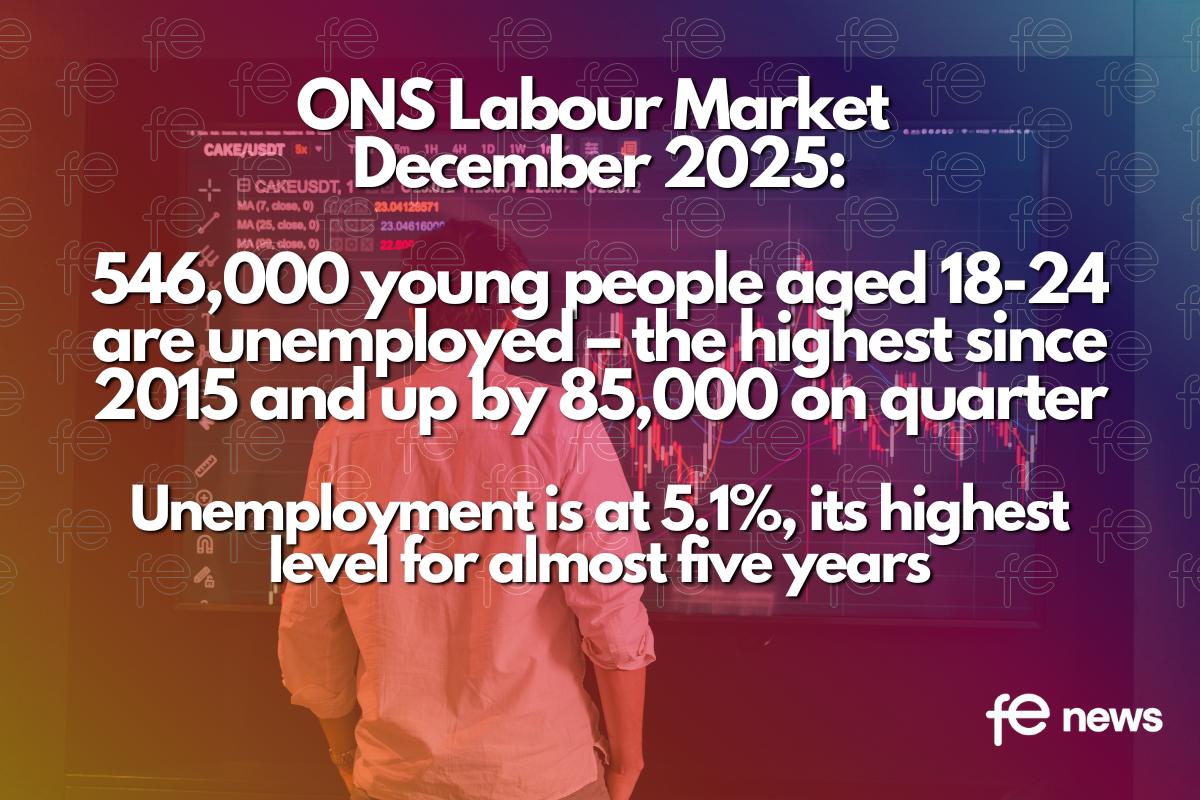Key changes of apprenticeship standards under the Apprenticeship Levy: What Levy paying employers need to know

From May 1, 2017, Britain’s new Apprenticeship Levy began to be rolled out, changing the way apprenticeships are funded. It is important that all businesses required to pay the Levy are up-to-date on the key changes and the new standards that are being introduced.
As of April 6, 2017, all employers with a pay bill over £3 million each year must pay the apprenticeship levy through the PAYE process. Businesses that have an annual payroll of less than £3 million will not be required to pay the levy.
The government hopes the levy will help to generate three million new apprentices by 2020 and the levy is a way of augmenting the importance of apprenticeships throughout the UK.
How much will employers have to pay?
It is estimated that 2% of employers in Britain, around 22,000 organisations, will have to a 0.5% tax on their total pay bill to pay for the apprenticeship levy. This will be paid through Pay As You Earn. A ‘levy allowance’ has been set up of £15,000 per year. Consequently, the total amount an employer will need to spend is 0.5% of their pay bill, minus £15,000.
As the official government website states, the changes to the apprenticeship funding system is centred on the introduction of a new ‘co-investment’ rate, whereby employers and the government share the cost of assessing apprentices and training. This co-investment is designed to support employers who do not pay the levy.
Apprenticeship service
The changes also include the introduction of an apprenticeship service, whereby employers which pay the levy can create an apprenticeship service account, where they can receive levy funds to spend on apprenticeships, manage their apprentices, pay their training provider and stop or pause payments to their training provider.
What the funds can be spent on
Levy paying employers can use the funds in their apprenticeship service account to pay for the training and assessment of apprentices who work for at least 50% of the time in England. The funds can be spent on up to the funding maximum band for that apprenticeship. For any training and assessment costs that exceed the funding maximum band, the employer will need to pay the difference with their own budget.
Employers are unable to spend the funds in their apprenticeship service account on other costs related to apprenticeships, such as wages, travel, statutory licences to practise, the cost of setting up an apprenticeship programme, and work placement programmes.
Employers paying the levy will have two years to use the funds collected. Failing to use the funds within this timeframe will result in the money returning to a central pot, which other employers will be able to access.
Non-levy paying employers are not able to register for the apprenticeship service until at least 2018.
What training/qualifications are available to levy-paying employers’ staff
As of May 1, 2017, individuals educated to a degree level of above will able to fund their training and development through an apprenticeship programme. Prior to the changes, degree-holding employees were not eligible to benefit from government-funded apprenticeship schemes.
The training received through levy funded apprenticeships must develop substantial new skills.
Employers are being given a £1,000 incentive to employ young apprentices between 16 and 18 years old. This incentive is available to all employers, regardless of their levy paying status and payroll. The incentive is payable to the employer through the training provider. It is payable to two stages, one after three months on the programme and the other when the apprenticeship programme is complete.
Providing more bespoke apprenticeship solutions to employers
By partnering with specialist apprenticeship training providers, employers are able to create a structured apprenticeship scheme, which is tailored to a business’s individual training requirements. Introducing a more bespoke training structure to a company, can help employers address any skill shortages more efficiently and create a new talent pool designed to help employees and the business as a whole thrive.
While the new apprenticeship levy is not without criticism, such as concerns it will be difficult to make a ‘one size fits all’ scheme create empowering apprenticeships, which benefit both the employer and the employee, the changes are ultimately designed to encourage more firms to take on apprentices. By taking on more apprentices, organisations can increase the range of skills within the workforce, enabling both employees and their business to develop and prosper.
Hadyn Luke, Director of CMS Vocational Training (CMSVOC)
About CMSVVOC: CMSVOC offers a vast range of courses and training programmes across diverse sectors. CMSVOC is committed to helping people of all ages, backgrounds and industries, find the right course and training programme so they can progress in their chosen career or embark on a new career.
CMS VOC can help your business maximise the use of your apprenticeship levy pot by managing the entire process for you.











Responses